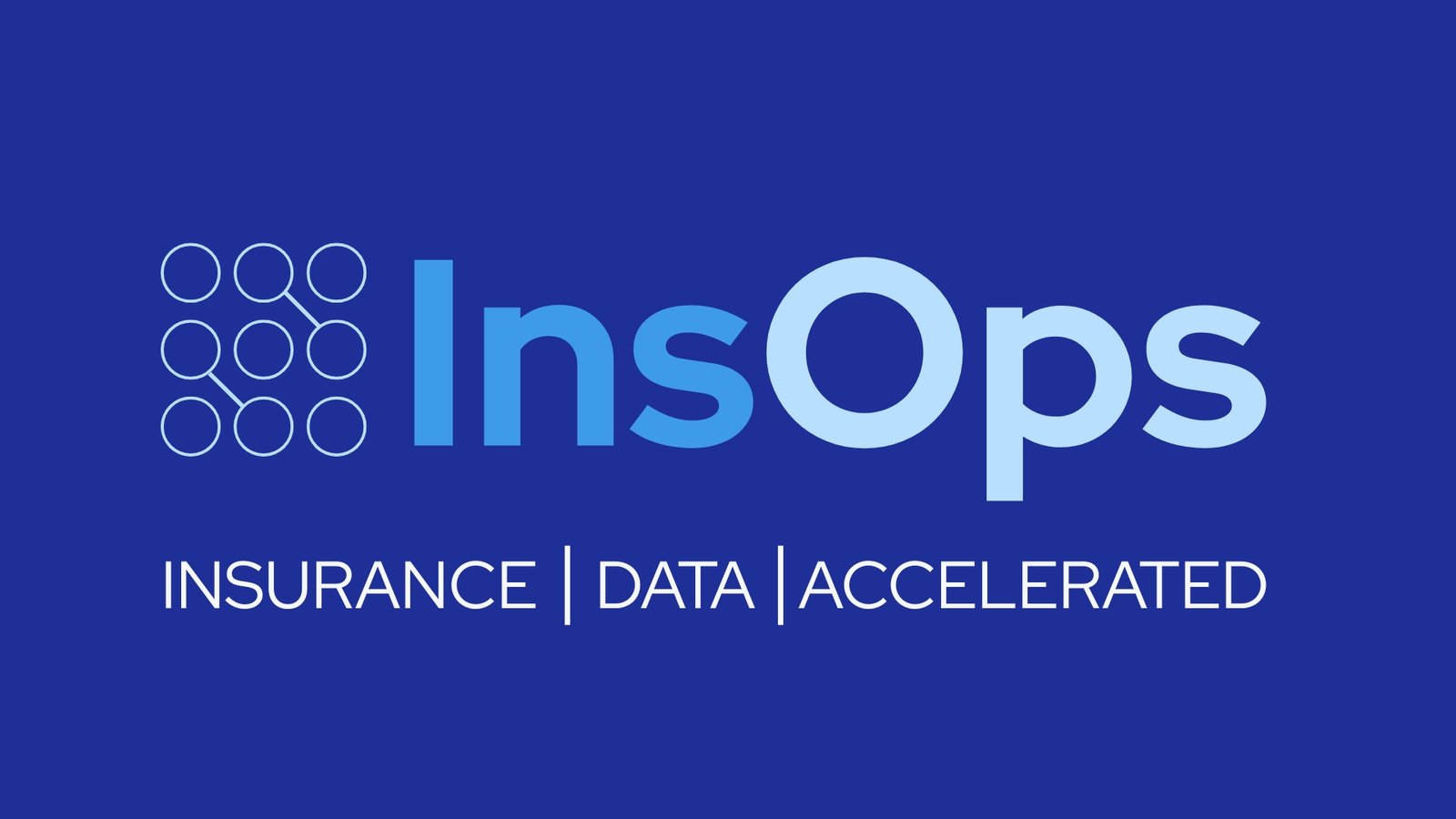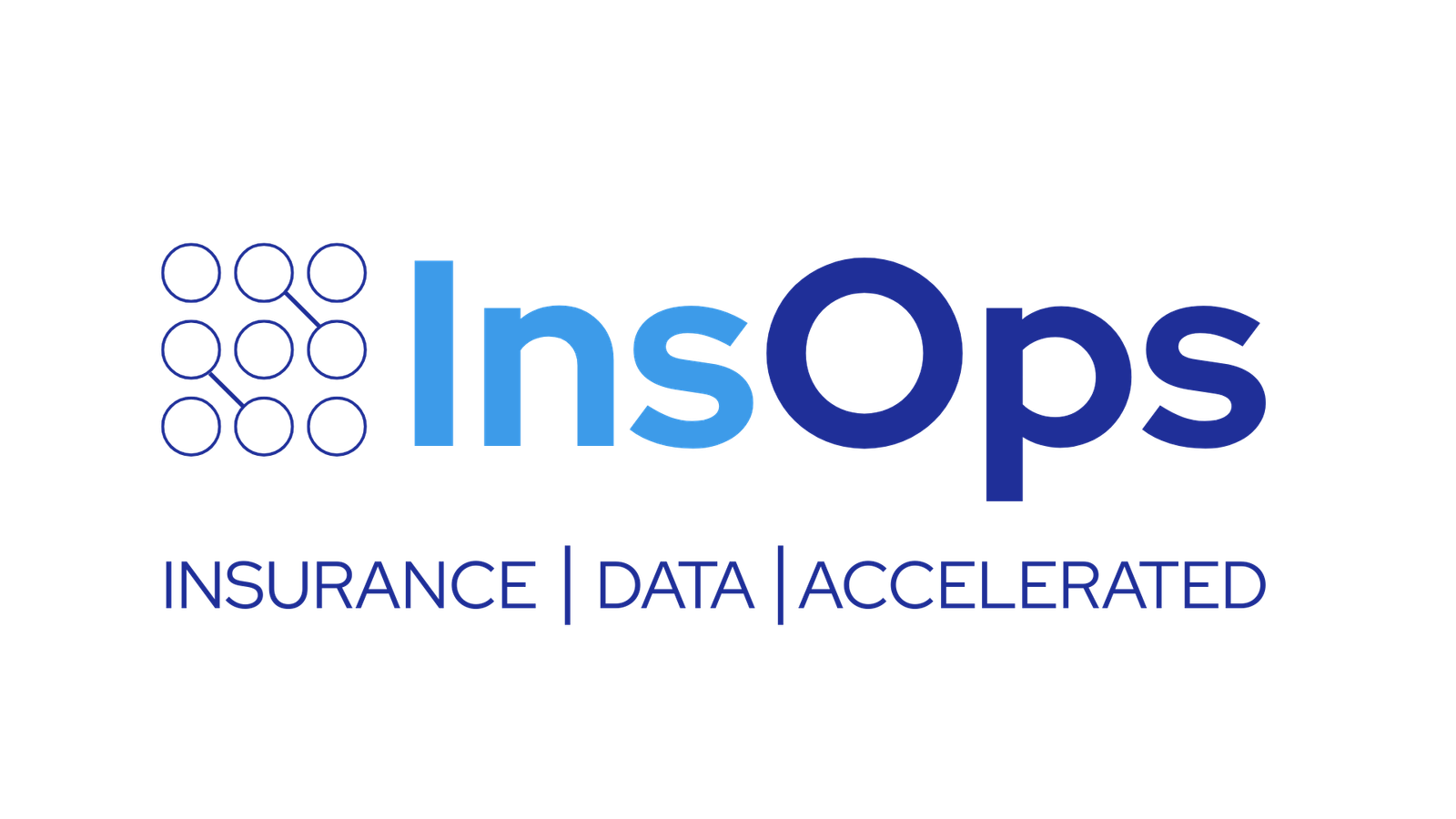Why Traditional Guidewire ClaimCenter Migrations Fail And How to Fix Them
Guidewire ClaimCenter is a leading platform for modernizing claims operations. It supports automation, improves workflows, and enhances customer experience. But many insurers struggle to reach that future smoothly.
Migrations often take longer than expected, cost more than planned, and reveal data issues only after go-live. What starts as a one-year project can stretch into two or more. Claims teams face inaccurate or incomplete data, IT teams manage rework, and leadership is left waiting for results.
The core issue is not the technology. It is the outdated approach to migration like manual processes, siloed teams, and generic tools that do not fit the complexity of insurance claims data.
This blog explains why traditional Guidewire ClaimCenter migrations fail, where the bottlenecks happen, and how a smarter, business-driven approach can change the outcome.
The Traditional Approach: Where Bottlenecks Begin
Most Guidewire ClaimCenter migrations follow a four-phase model: mapping and cleansing, testing and validation, and finally, cutover and go-live. While this process is familiar, the way each phase is executed often creates serious obstacles. Manual tools, disconnected teams, and outdated validation methods slow progress, introduce risk, and undermine the value of the new system. These challenges are not just technical—they are structural, and they appear consistently across insurers still relying on legacy migration tactics.
Mapping and Cleansing
Data mapping is typically handled through spreadsheets, where each legacy field is manually aligned to a ClaimCenter equivalent. Manual mapping is slow and error-prone, especially when handling large volumes of data with interdependencies across claim statuses, financial transactions, and policy linkages
The technical tools used to load the data, such as ETL scripts, are built to move records efficiently but not to evaluate their correctness in a real-world insurance environment. They cannot detect issues like mismatched coverage types, broken parent-child relationships between claims, or misclassified financial entries.
These errors accumulate quietly and only become visible during testing or in production. By that point, they are expensive to fix and often require going back and remapping data that should have been validated from the start.
Testing and Validation
Testing in traditional migrations is mostly manual. It involves comparing legacy and target system outputs using spreadsheets, screenshots, or ad hoc SQL queries. There is often no automated framework in place to detect data mismatches or logic gaps at scale. This means every round of testing requires significant time and effort, with multiple defect cycles that stretch timelines and reduce stakeholder confidence
The longer these issues persist, the more they erode trust. Business teams begin to question the accuracy of the data, which slows adoption and creates pressure to maintain legacy systems for cross-checking and backup. This not only delays go-live but also adds to overall project cost and complexity.
Cutover and Go-Live
Many insurers still rely on a big-bang approach to migration, switching entirely from the legacy system to ClaimCenter in a single weekend or release window. Without full confidence in the migrated data, this moment becomes a gamble.
In some cases, insurers attempt to reduce risk by running the legacy system in parallel. While this can help confirm data accuracy in the short term, it introduces significant operational overhead. Teams are forced to reconcile transactions between systems, manage dual reporting processes, and respond to customer issues with inconsistent information. Meanwhile, every defect found post-go-live must be triaged in real time, often without a reliable rollback option
The cost of failure at this stage is high. Errors in production can directly affect claim handling, regulatory compliance, customer experience, and financial reporting. Even if the system is technically live, poor data quality can delay adoption and create resistance among frontline users. The longer it takes to stabilize, the longer it takes to realize the benefits of the migration.
A Better Way to Migrate Guidewire ClaimCenter
The problems with traditional migrations are not just about tools or timelines. They stem from a flawed approach that treats migration as a technical exercise, rather than a strategic initiative. A better approach starts with a purpose-built model for insurers that need fast, accurate, and low-risk ClaimCenter migrations.
The InsOps method replaces manual mapping and generic ETL with automated ingestion, embedded domain logic, and built-in validation. It handles complex claims data with minimal rework and delivers structured, compliant, and ClaimCenter-ready data from day one. No delays, no downtime, no cleanup after go-live.
Automated Data Ingestion Designed for Insurance
Instead of relying on generic ETL scripts and hand-built pipelines, InsOps uses an insurance-specific ingestion engine. It connects directly to legacy systems, reads claims data with full business context, and structures it for ClaimCenter. This eliminates the need for spreadsheets, reduces manual work, and ensures consistency from the start.
Embedded Business Logic and Domain Intelligence
Claims data is rarely clean or consistent. Legacy codes, financial statuses, and policy references must be interpreted correctly. InsOps includes pre-configured business rules and insurance domain logic that validate claim structures, check balances, and flag gaps before they reach the testing phase. This helps avoid the back-and-forth cycles that slow down traditional projects
Iterative Testing and Real-Time Feedback
With traditional methods, testing happens too late and too slowly. InsOps enables validation throughout the migration. Business users can review sample data early, validate outcomes in real time, and sign off incrementally. This builds confidence, improves quality, and keeps the project on track.
Seamless Cutover with Zero Downtim
Instead of a risky big-bang switch, InsOps supports phased go-lives and parallel validation. Claims data can be tested in the new system while legacy operations continue. When the time comes, switching to ClaimCenter is smooth and fast—with no downtime, rollback plans, or last-minute surprises.
Compliance-Ready and Built for What’s Next
By delivering structured, validated claims data from day one, InsOps not only ensures regulatory readiness, but also prepares insurers for future automation and analytics. Clean data enables smoother adoption of AI-powered workflows, predictive modeling, and digital claims handling.
This better approach turns migration from a drag on operations into a launchpad for transformation. It’s not about just moving data, it’s about setting your business up to move faster, smarter, and with confidence.
| Category | Traditional Approach | InsOps Approach |
|---|---|---|
| Planning and Scoping | Led by IT with limited business input. Misses data dependencies and business logic. | Jointly driven with claims and finance teams. Focused on business outcomes. |
| Data Mapping | Manual spreadsheets, custom scripts, high error rates, poor version control. | Automated mapping with prebuilt rules and insurance-specific data structures. |
| Data Validation | Performed late in the process during UAT. Errors discovered after systems are built. | Iterative validation throughout. Early feedback from business users. |
| Tools and Technology | Generic ETL tools. No claims-specific intelligence. | Purpose-built ingestion engine with domain logic for claims data. |
| Testing and QA | Manual testing, slow defect cycles, repeated rework. | Automated regression and reconciliation. Continuous quality checks. |
| Cutover Strategy | High-risk big bang go-live. Often requires dual systems as fallback. | Phased, low-risk cutover. Parallel validation ensures readiness. |
| Data Accuracy | Inconsistencies in statuses, financials, and coverage often appear post-go-live. | 99%+ accuracy from day one. Built-in reconciliation and audit checks. |
| Compliance Readiness | Data gaps and weak audit trails create risk during reviews or audits. | Structured, audit-ready data aligned with regulatory requirements. |
| Timeline and Cost | Often overruns due to rework, delays, and extended parallel operations. | Faster delivery with fewer delays. Up to 50% reduction in time and cost. |
| Post-Go-Live Readiness | Requires manual cleanup and patching to stabilize. | Business-ready data supports automation, analytics, and AI from day one. |
Migration Should Unlock Value, Not Delay It
Guidewire ClaimCenter is built to modernize claims, but outdated migration methods prevent insurers from realizing that value. Manual tools, siloed processes, and late validation turn what should be a strategic upgrade into a drawn-out IT struggle.
A better way is possible.
With InsOps, migration becomes faster, cleaner, and more predictable. Structured, validated claims data flows directly into ClaimCenter, ready to support automation, compliance, and growth from day one.
If you are planning a ClaimCenter migration or working through one that is falling behind, it is time for a better approach.
Book a 30-minute consultation to see how InsOps delivers clean, compliant, and ClaimCenter-ready data from day one.
Frequently Asked Questions
Why not use our existing ETL tools and mapping spreadsheets?
Traditional tools were not designed for the complexity of claims data. They lack built-in insurance logic, making it harder to identify errors in financials, statuses, and hierarchies until late in the process.
How is InsOps different from a traditional system integrator?
InsOps is tech-first. We use a proprietary ingestion engine built specifically for P&C claims data. Our process is faster, more accurate, and requires less manual cleanup.
What if we are already mid-migration?
InsOps can support projects in-flight. We can help accelerate specific phases such as mapping, reconciliation, or cutover without requiring a full restart.

